Sensory Art empowers persons with disabilities, providing tactile engagement and visual stimulation for creativity and self-expression
Sensory Art, is a captivating form of creative expression, employing a variety of colouring tools and sensory mediums. It carries particular significance for individuals with disabilities, offering them an enjoyable means to enhance their sensory processing skills.
In alignment with this philosophy, the Community Development Department (JAPEM) earlier this month curated the ‘Art for All’ exhibition at Gallery 4 of Brunei Energy Hub Dermaga Diraja, in celebration of the International Day of Persons with Disabilities (IDPWD).
Held from December 11 to 27, the event shined a spotlight on artworks done by persons with disabilities (PWDs), showcasing approximately a hundred pieces that explore the sensory facets of human experience through paintings, mixed media, crafts, furniture, and even sculptures.
Crafted for individuals with diverse abilities or disabilities, Sensory Art encompasses customised artistic activities explicitly designed to engage multiple senses.

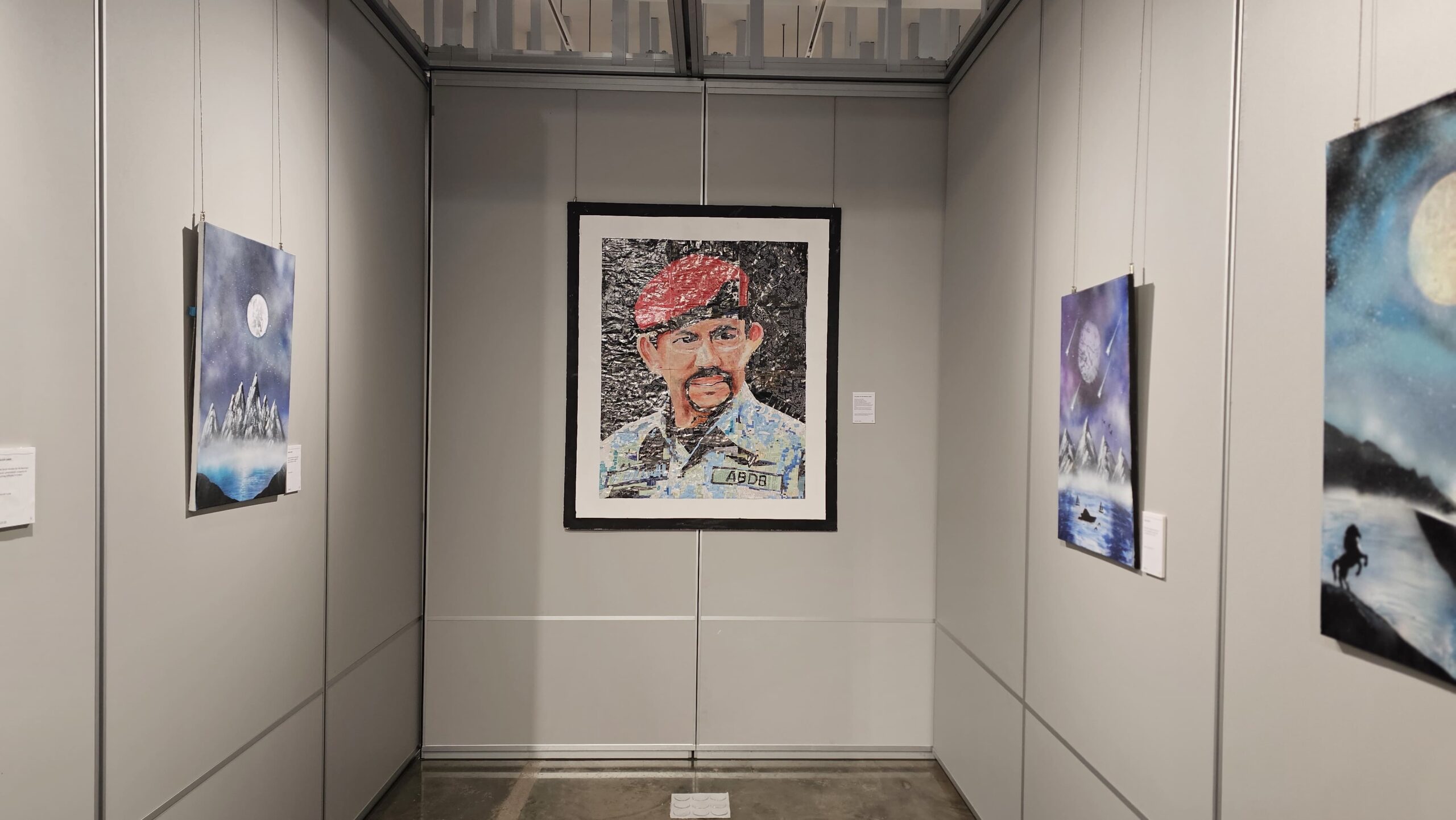
As a result, the exhibition highlighted the seven dimensions of the human senses, including touch (tactile), vision (visual), hearing (auditory), olfactory (smelling various scents), gustatory (taste), vestibular (balance), and proprioception (sense of position).
Sensory Art comprises several essential components designed to cater to differently-abled individuals.
The first set of elements includes tactile engagement, encouraging exploration of different textures through activities like finger painting and sculpture.
Visual stimulation is another key aspect, focusing on vibrant colours and visually stimulating patterns tailored for those with visual impairments.
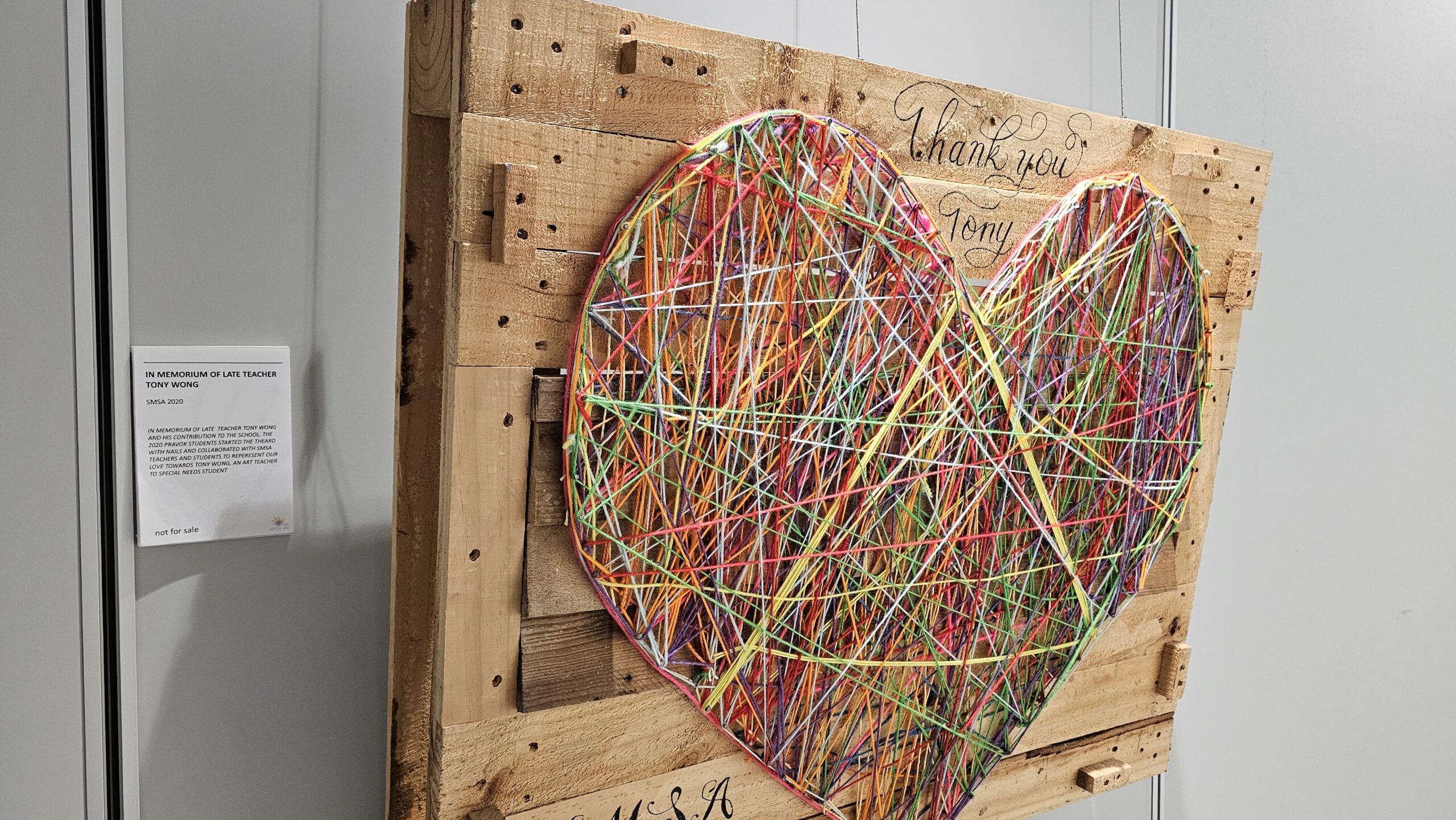
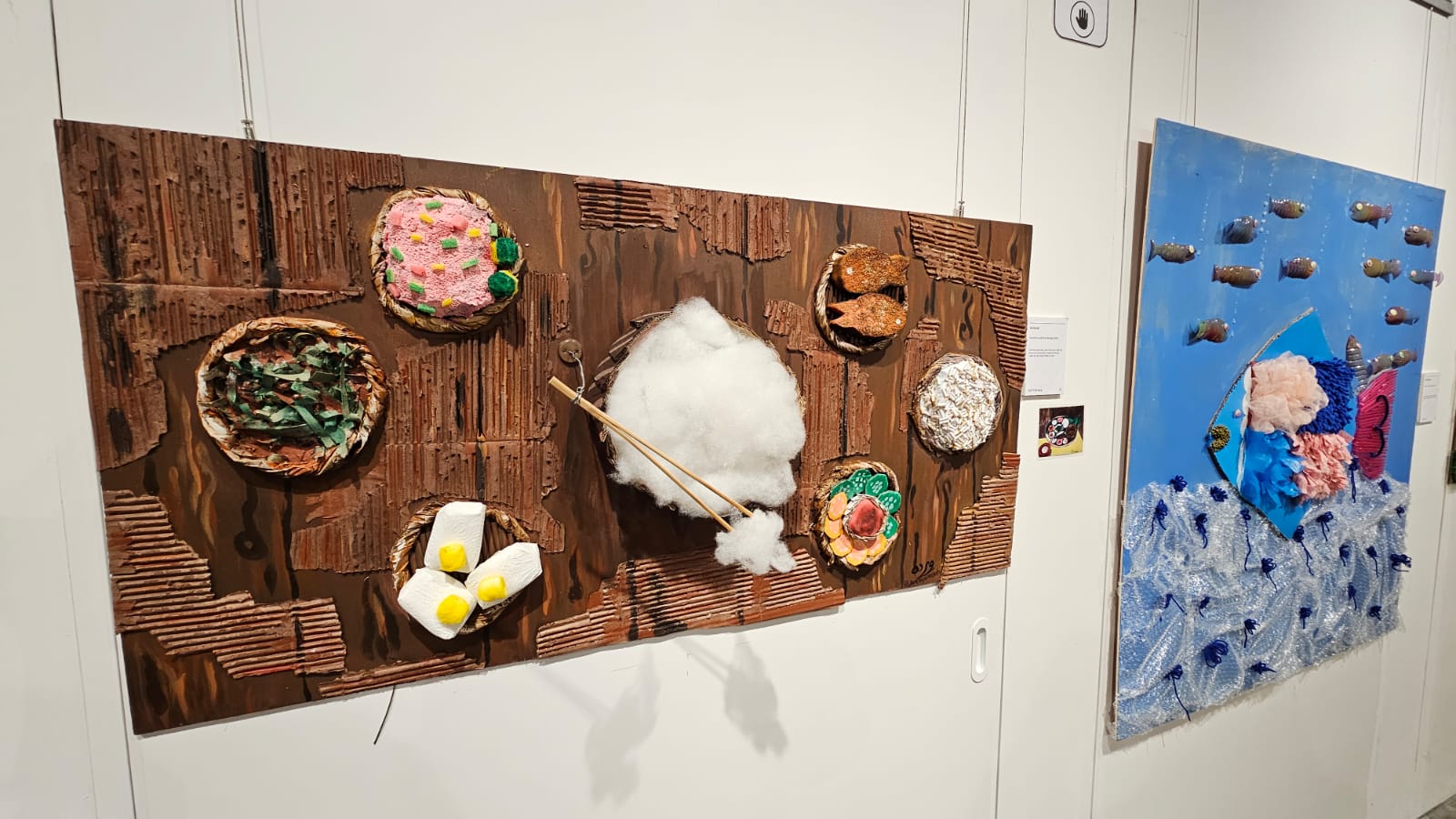
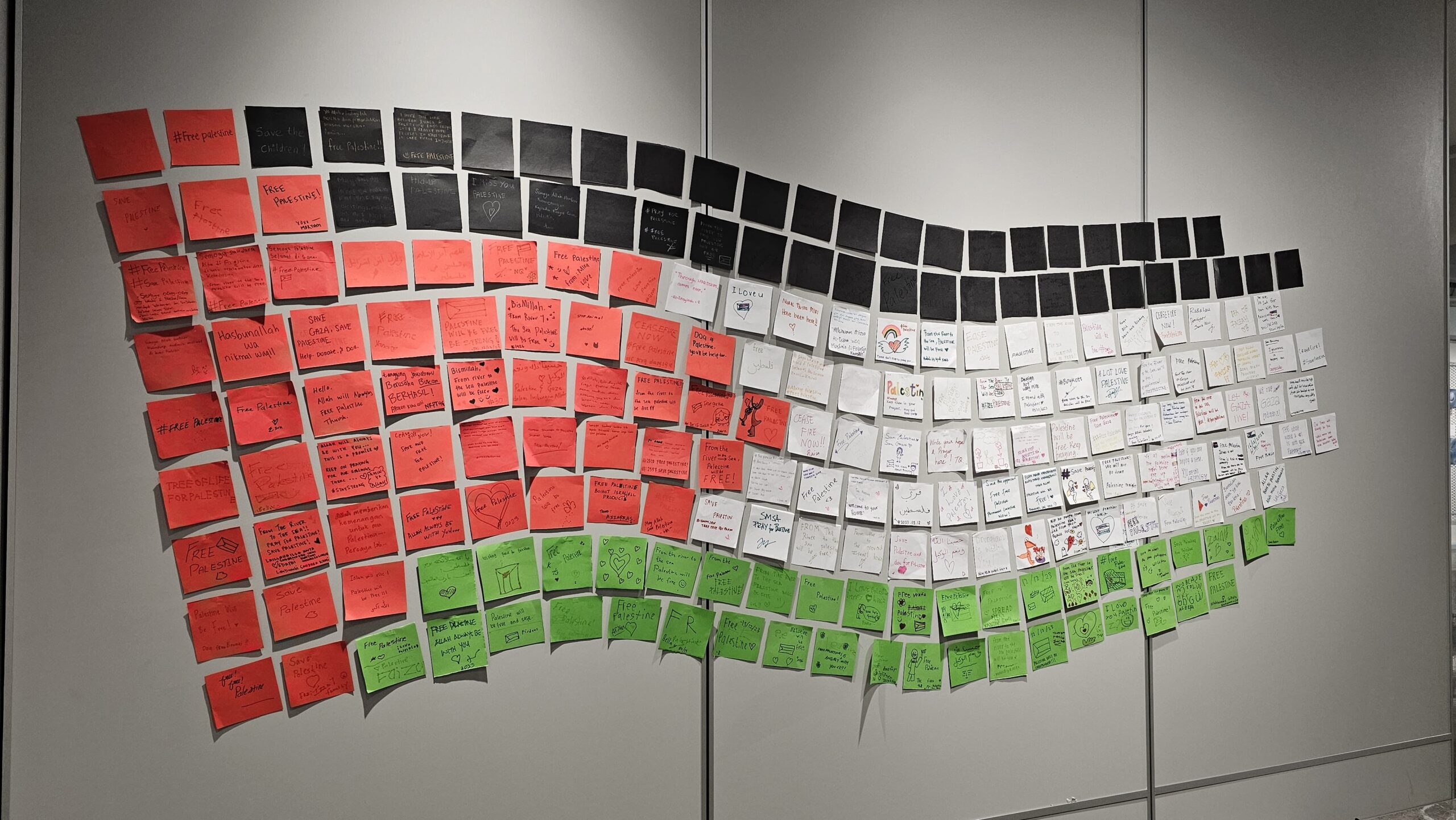
Meanwhile, auditory exploration integrates sound elements such as music or spoken word to enrich the artistic experience, while aromatherapy and olfactory stimulation involve incorporating scents for individuals with heightened or diminished senses of smell.
Simultaneously, the effectiveness of Sensory Art is further enhanced by adaptive tools and techniques, which encompass specially designed brushes, easy-grip tools, or adaptive technology for digital art.
Ensuring inclusive and accessible spaces is equally crucial, guaranteeing that artistic activities accommodate diverse physical abilities.
Personalised experiences form the last pillar, acknowledging and tailoring activities based on individual sensory preferences. Together, these elements create a comprehensive framework for a more inclusive and enriching artistic experience for individuals with varying abilities.
Beyond serving as a conduit for creative expression, Sensory Art provides therapeutic benefits by promoting relaxation, stimulation, and a profound sense of accomplishment.
Furthermore, it assumes a crucial role in advancing inclusivity, guaranteeing active participation and enjoyment in the artistic process for individuals with varying abilities.
The exhibition was divided into three distinct sections. The first section, ‘They Create’, serves as the initial space where the handmade works of PWDs are exhibited, showcasing their distinctive inspirations and expressions.

The second section, ‘Their Feelings’, is a corridor that offers a glimpse into the emotional experiences of individuals with disabilities, focusing on how they handle emotions. The third section, ‘Our Inspiration’, presents artworks that have been reinterpreted and inspired by the authentic works of PWD artists who are part of the exhibition.
The overarching goal of the exhibition is to foster a stimulating environment for PWDs to actively participate in artistic endeavours, while also raising public awareness about disability, encouraging a broader understanding and acceptance.
Ultimately, the exhibition holds a distinctive significance as it sets out to change how society sees individuals with disabilities, to enhance appreciation for the artistic talents inherent in PWDs, showcasing their unique contributions to the creative landscape.
The Art for All exhibition was a joint effort that included works from Pusat Bahagia in all four districts, Lambak Kiri Secondary School, Sayyidina Ali Secondary School Kuala Belait, and various non-governmental organisations.
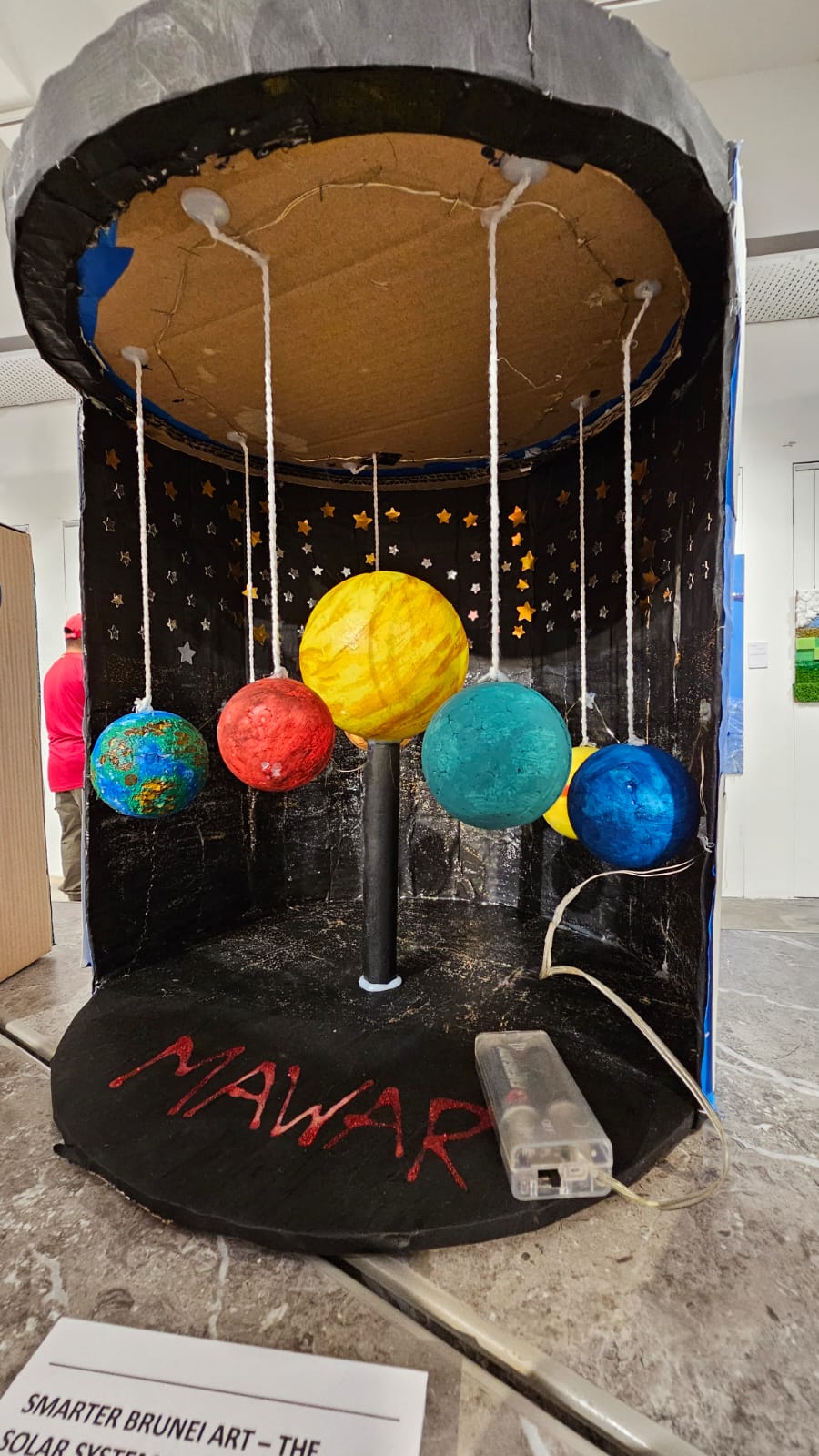
These organisations include the Pusat Ehsan Al-Ameerah Al-Hajjah Maryam, the Society for the Management of Autism Related issues in Training, Education and Resources (SMARTER Brunei), La Vida, and the Paralympic Council Brunei Darussalam (PCBD), along with Brunei Volunteers.
The IDPWD is an annual United Nations observance celebrated every December 3.
This day is dedicated to advocating for the rights and well-being of individuals with disabilities across all spheres of society and development. It serves to heighten awareness regarding the challenges faced by PWDs in political, social, economic, and cultural realms. – Rokiah Mahmud


